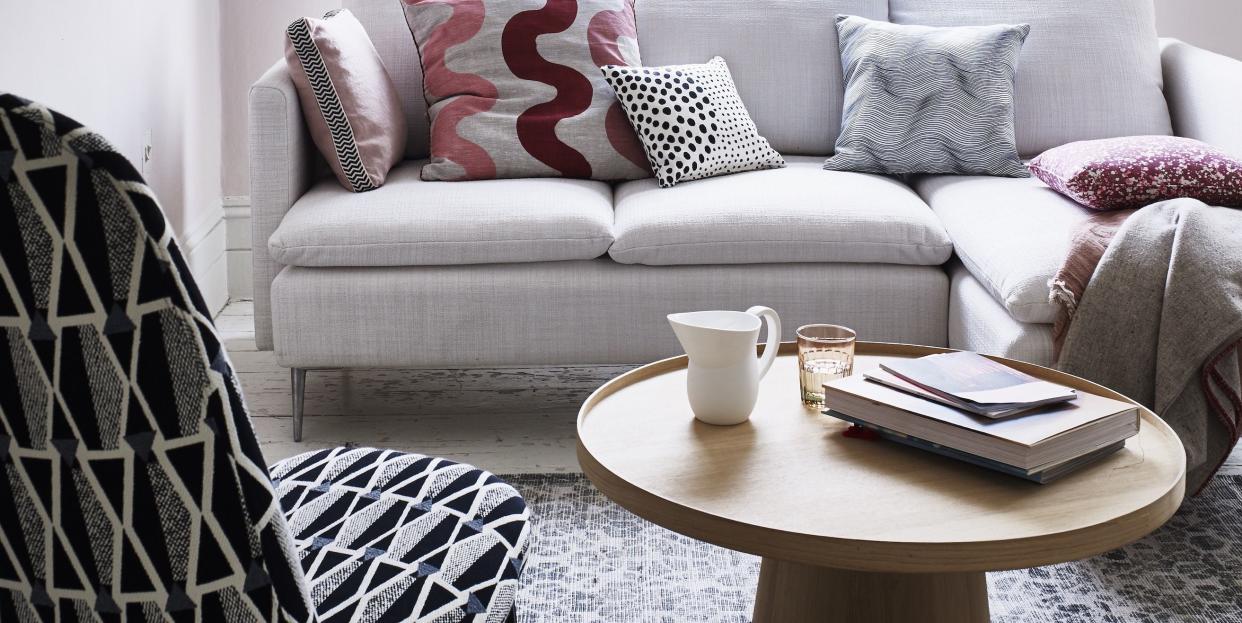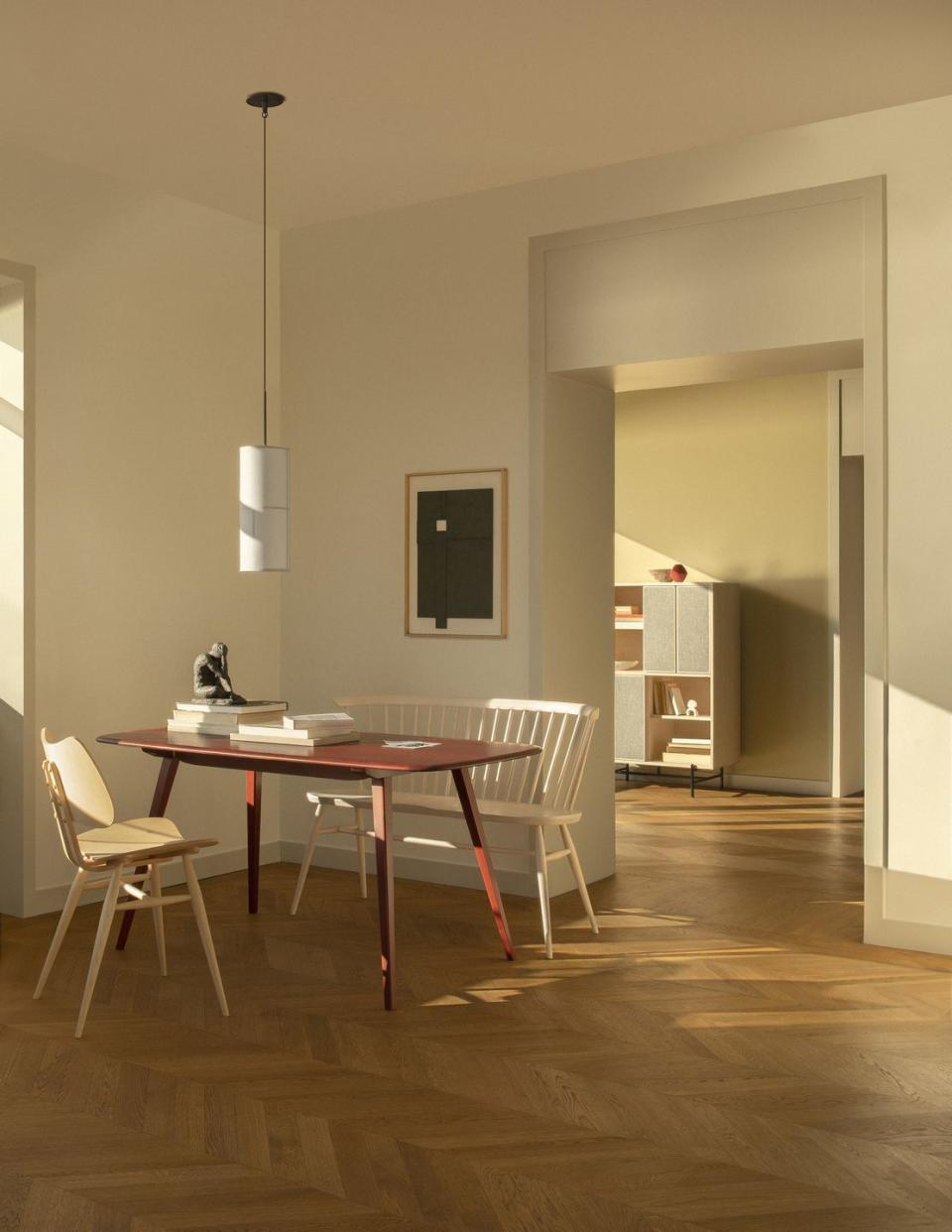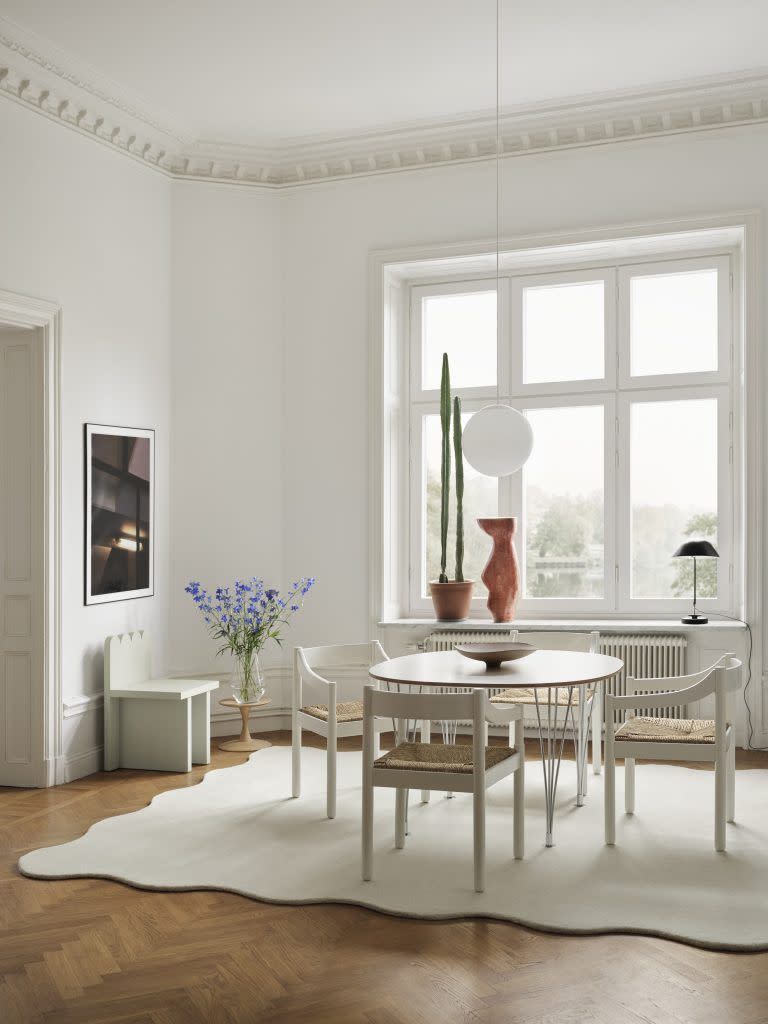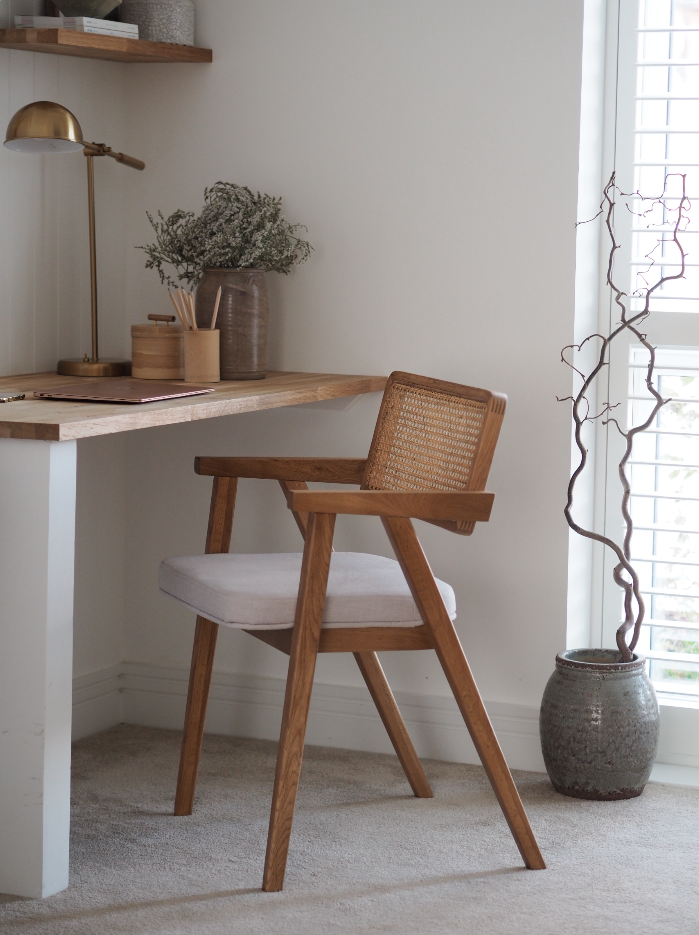5 interior design mistakes that make your home look smaller

No matter the square footage of our home, we all have the same goal – making it feel as spacious as possible.
This is especially true in more compact spaces, as well as those with quirky layouts or limited natural light. Light, airy spaces are all the more inviting to relax in and help us to feel less closed in, so it's something worth aiming for.
However, some common interior design mistakes could be keeping your home from reaching its full, spacious potential. The result is cramped spaces that can often feel overwhelming.
If you want to know how to make your home look (and feel) bigger, then keep reading. We've rounded up the best expert advice on what interior design mistakes to avoid, and how to fix them...
Mistake 1: A claustrophobic colour palette
In general, compact spaces benefit when you create the illusion of space with colour. That's not to say every room in your house should be painted white, though. Instead, consider the feel of the space and function of the room.
'For small bedrooms, opt for light off-white and neutral shades,' advises Martin Waller, founder of Andrew Martin. 'Light walls help bring calm and serenity while dark colours can feel oppressive in a bedroom.'
However, as long as you balance colour with plenty of light (both natural and artificial), as well as make careful furniture choices, you don't have to relegate your home to an entirely neutral colour palette.
In spaces that are usually larger – kitchens and living rooms, for example – experiment with richer and deeper colours. Even if those rooms are still small, Andrew suggests being daring in your colour choice. 'Don’t be afraid of dark and rich colours, like coffee or dark grey or try teal or even orange, for a braver burst of colour. These hues bring intimacy and depth while also allowing you to show personality and flair.'
In general, aim to avoid garish colour clashes or getting too eclectic with mixing and matching prints. While these have a playful look, they can also overwhelm the senses and create a cluttered effect.
Mistake 2: The wrong flooring
Your choice of flooring can directly impact the way you perceive the depth and size of your space. This isn't just in terms of lighter colours and finishes, but how texture and pattern create optical illusions.

'Choosing a lighter-toned wooden floor gives the illusion of more footprint,' says Natalie Mudd, creative director at The Wood Flooring Co. 'The direction of the flooring makes an immense impact on the flow and spatial feel of a room. I recommend placing the planks parallel to the widest wall. This will create an elongated look by drawing attention to the longest portion of the space.'
Mistake 3: Not making the most of vertical space
Getting creative with storage is a must. First and foremost, think about the direction in which your furniture directs your gaze. If it's down, then the space automatically feels more closed-in and cluttered. Instead, aim to draw the eye upwards to create the illusion of height.
So when it comes to storage, opt for shelves that reach (or come close to) ceiling height. 'Opt for a tall modular design with a slim profile to ensure you’re making the most of all the available wall space,' advises Jonathan Clark, creative director at Shelved.
Think tall library walls, open shelving and eye-catching artwork. Tall, leafy plants can also direct the gaze upwards, as can tall curtains.
Al Bruce, founder of Olive & Barr, adds: 'When you’re a little short on storage space, one of the most creative (and homely) solutions is hooks — and the best part, you can hang them anywhere to store anything. They can turn your apron collection into textured wall art, your chopping boards into wooden focal points and your backsplash into an untapped storage spot, all while freeing up some other space too.'
Mistake 4: No visual anchor point
A badly organised or jumbled layout can make even the largest of rooms feel overwhelmingly cluttered. Instead, make considered choices for not only how much furniture you need, but how it impacts the flow of the room.
Choose anchor points around which you can build out the layout of your room. Traditionally, this might have been around a fireplace or window. However, in contemporary homes you can be much more creative in your choices. Once you have this cemented in your plans, you can work out from it, not only in terms of furniture positioning but the decor, too.

Martin suggests positioning your furniture around a rug for a united and considered space: 'A rug is like a reoccurring thread in a story or the chorus of a song. It is the glue that holds a scheme together. While adding texture, warmth and a sense of lived-in realness to a room, it also unites everything in terms of colour and structure.
'Picking out a colour from a rug is a good starting point to build a scheme as it will ground similar shades to create an overall coordinated look. It also helps to position pieces in a room. Use the edge of a rug to align a sofa, for example, or the frame of a picture on the wall. So, where a rug may not necessarily be the focal point of a room, it will still quietly do the work leaving the statement pieces to dance in the spotlight.'
Mistake 5: Overusing chunky furniture
There's nothing wrong with a chunky armchair or an imposing sideboard, but when it comes to bulky furniture, it's best to be selective.
Substantial pieces can be cumbersome in a small room and make the space feel oppressive. It also blocks natural light and floor space, creating a cramped environment with limited flow. Instead, pair chunkier pieces with more streamlined and pared-back designs, specifically those that have thin legs or feature a raised design.

'One of the best ways to create the illusion of more space in a not-so-spacious room is to get your furniture off the floor,' says Dani Burroughs, head of product at Snug. 'Start saying no to chunky, legless furniture that takes up all your floor space, and yes to Scandi-style leg options that spaciously display the floor that we're so eager to maximise.'
Follow House Beautiful on TikTok and Instagram.
You Might Also Like



